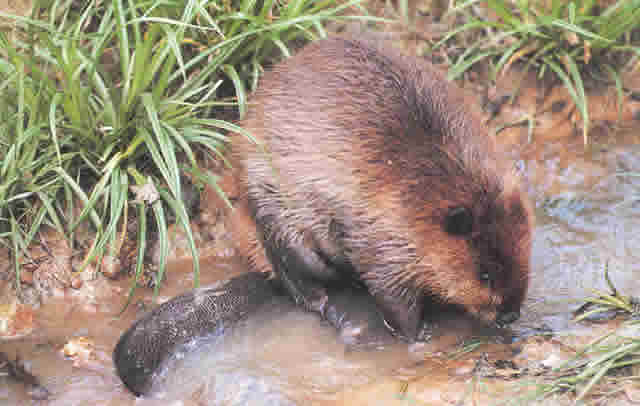 Sploosh, drip drip, shooooosh. I looked around and couldn’t believe the damage I saw swirling in the water around me, all thanks to a beaver dam on the stream running through my property.
Sploosh, drip drip, shooooosh. I looked around and couldn’t believe the damage I saw swirling in the water around me, all thanks to a beaver dam on the stream running through my property.
I’d bought the small place because of its idyllic location. It wasn’t a mansion, by any standards, but it was beautiful; rather it was an older small farm house tucked away in a sunny, green valley. My whole life I’d wanted a place like this, but never thought it was a possibility, because I grew up, lived and worked in the city. But, one day, I woke up and realized I could change my lifestyle any time I wanted, as long as I was willing to make the change and give up some things like the good money I was making and the huge amounts of stress and the wasted hours that went into making that money. So, I gave them up and made the change.
I looked at a lot of places around the state, but fell in love the moment my realtor and I drove up. It was absolutely perfect. A small home on a lot of land. A well-established garden was out back, complete with an herb garden for the kitchen. The small stream wandered through the property and a beautiful, large willow tree offered stream-side shade. I got a job where I could work from home, and sat under the willow tree in the summer, typing and enjoying the quiet outdoors.
Then, the beavers moved in. Just two of them, but they found my property as idyllic as I did. At first, I loved watching them from afar, swimming and diving and busily building their beaver dam. The stream was just a little too fast for them to make their home in the bank and do all the things that beavers do, so they had to do something to slow the water. Being from the city, it never occurred to me that I should start to worry about the effects of that beaver dam.
The first sign of trouble was I noticed water encroaching on my beloved herb garden. I wasn’t sure whether to shrug and let nature do its thing, or if I should do something about the beaver dam. Time passed and I figured it just made it easier to water the garden.
With the stream being diverted in some places and pooling in others, I naively enjoyed watching the other wildlife that was attracted to my property. More birds than ever made the willow their home or skimmed across the surface of the stream to catch the bugs flitting right above the water. Deer prints and little raccoon prints dotted the new little wetland area the beavers had created. I thought I was in heaven.
And then came the day when I went down into the basement for something and found a few inches of water stagnating on the basement floor and seeping into my stored belongings. The beaver dam had diverted the water just enough that it found its way into my perfect little place. I’d let nature do its thing, and it did, much to my expense and regret.


